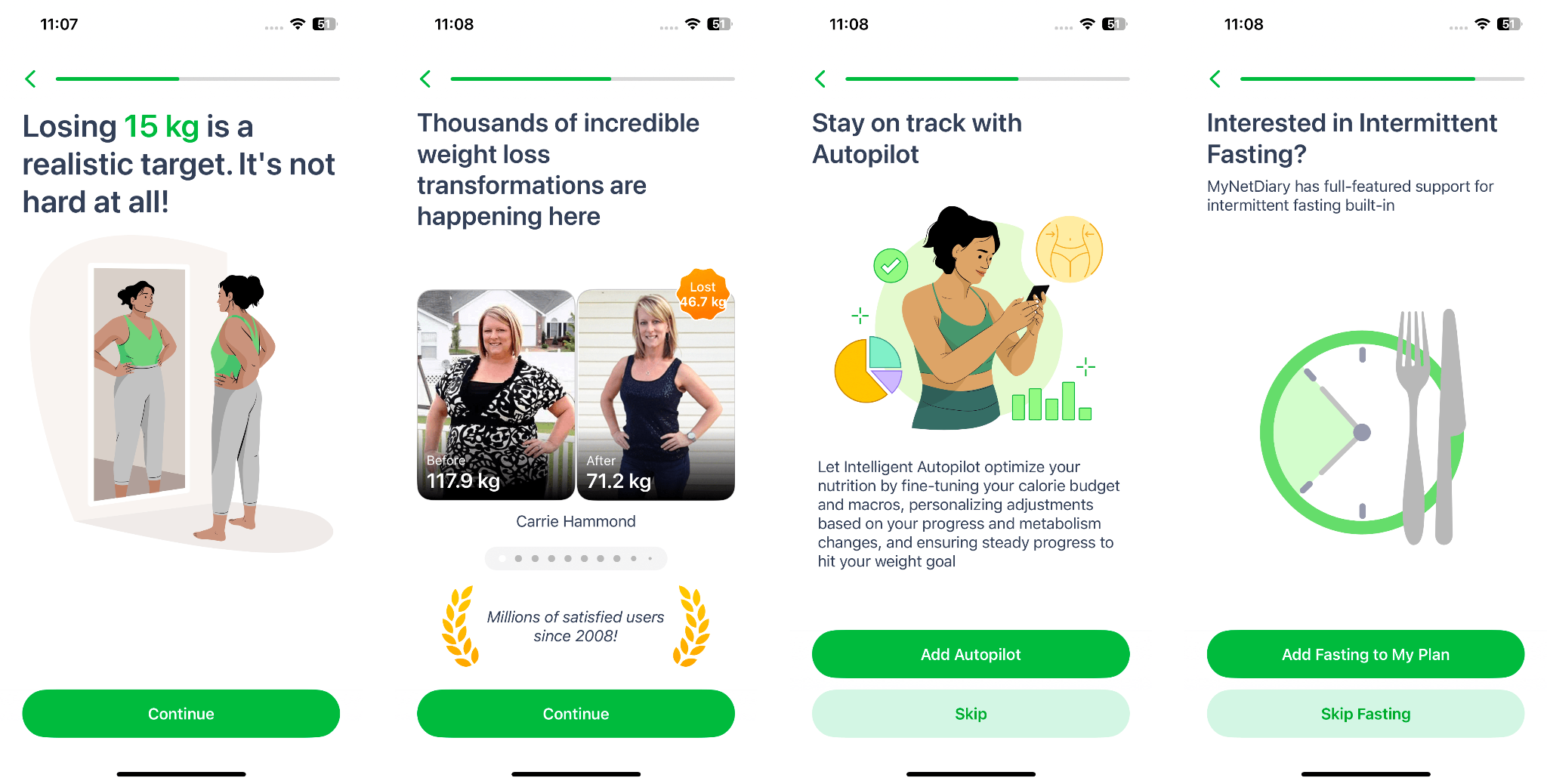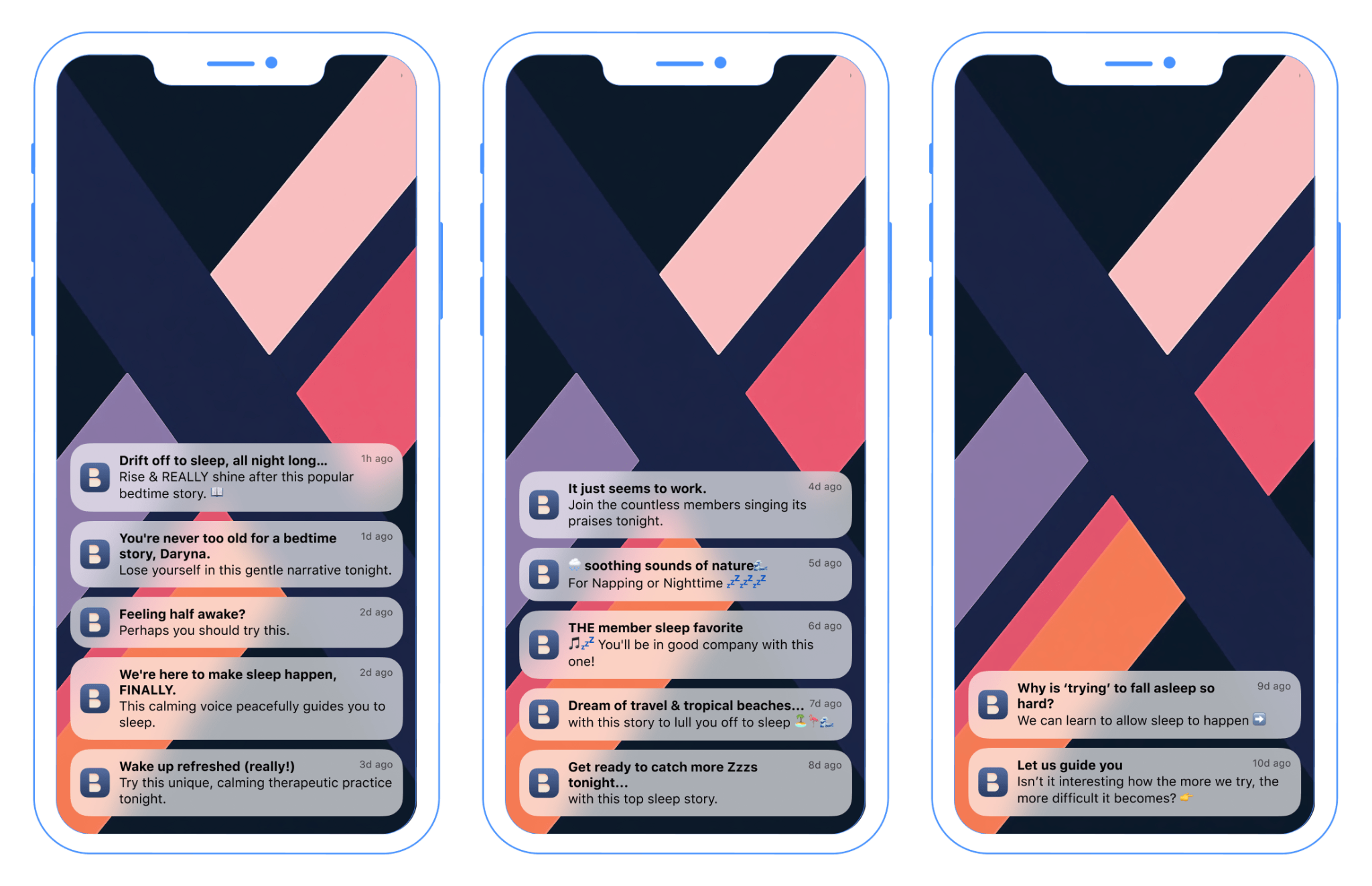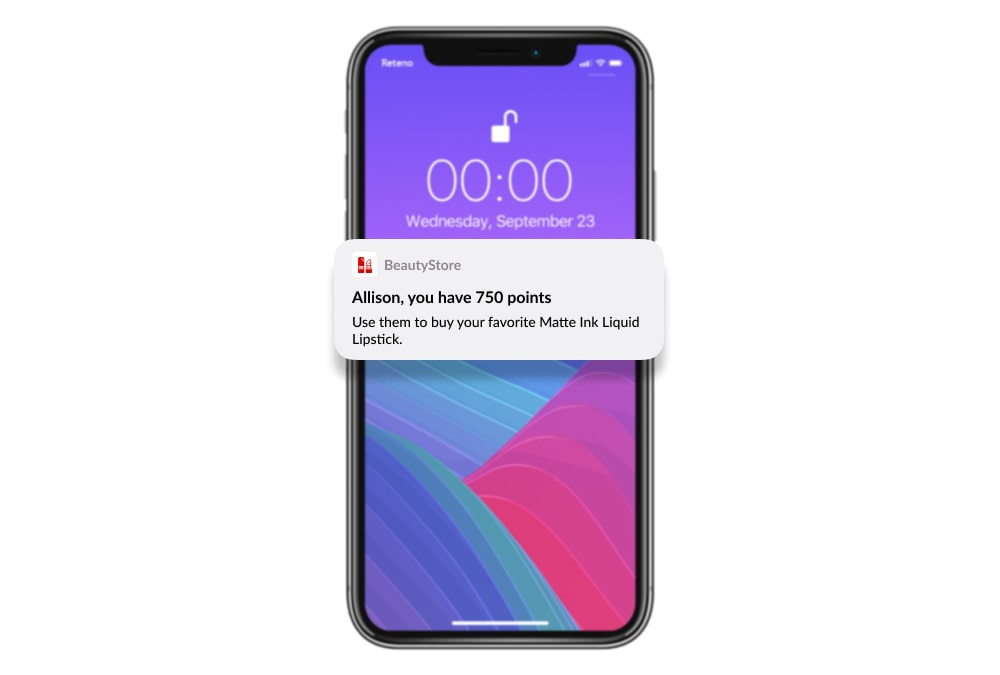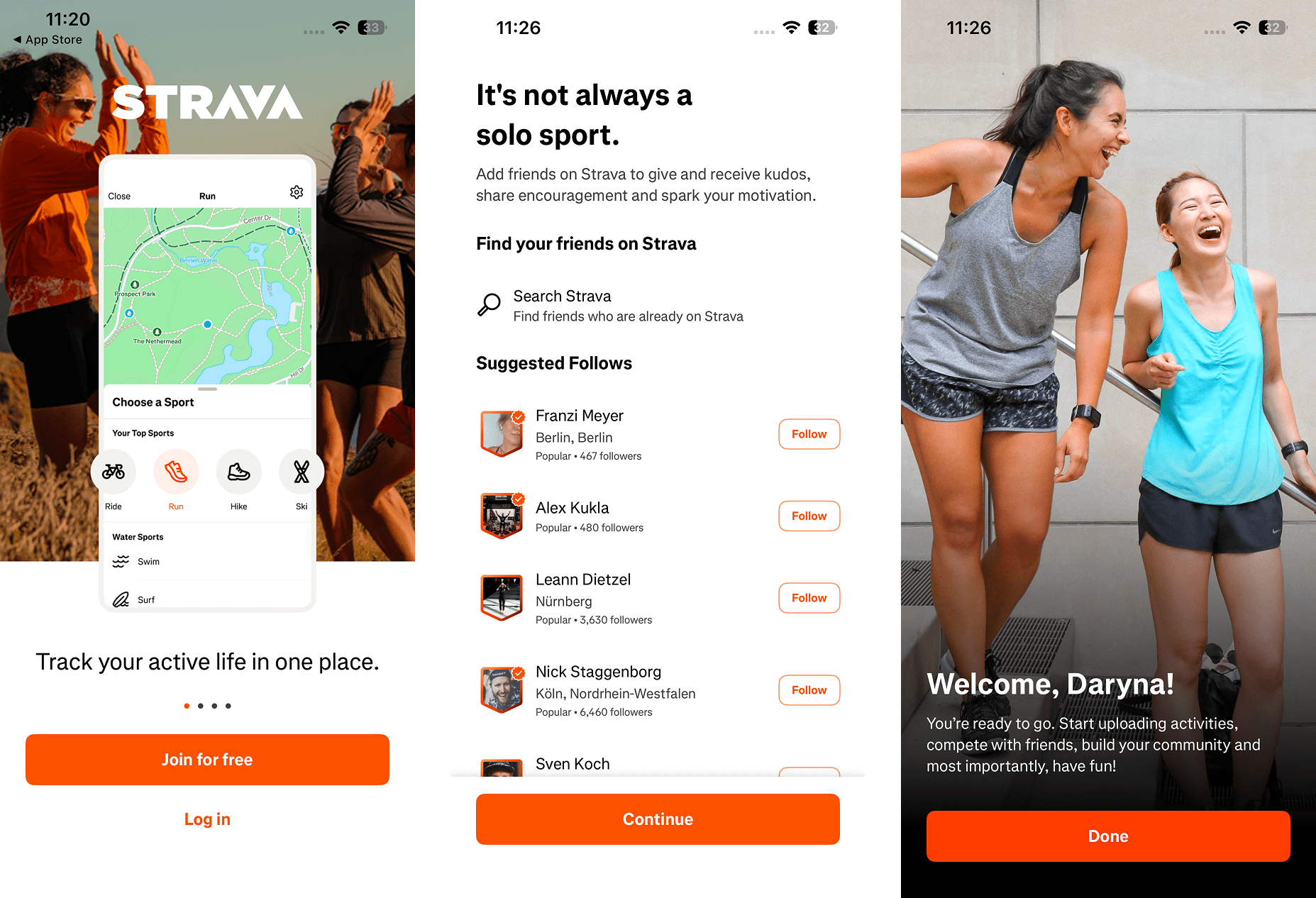Lifetime Value (LTV)

Expert Writer
October 15, 2025

Expert Writer
October 15, 2025
Customer lifetime value (LTV) is the quiet metric behind sustainable growth. Once you understand what a relationship is worth, guessing gives way to smarter bets — on better experiences, stronger loyalty, and steadier profit. LTV turns scattered purchases into a single story about retention, momentum, and long-term health.
Customer lifetime value (CLV or LTV) is an indicator that reflects the total amount of profit that a company receives from one client over the entire period of cooperation with them. LTV reveals the real structure of your business model—reorders, upgrades, and renewals. In mobile and subscription businesses, CLV connects daily interactions to future cash flow, showing whether your product creates regular value or relies on periodic spikes.
Think of LTV as a lens. It shows which channels, segments, and experiences create staying power. A campaign might drive signups, but if those users churn, customer lifetime value makes the issue obvious in a way raw volume never does. When a new feature increases the number of subscription renewals, the lifetime value reflects that.
Tracking customer value clarifies profitability and helps focus on key segments. Marketers use LTV to identify the most valuable audiences and plan budgets wisely. Sales can justify deeper attention on accounts with strong potential. A rising lifetime value usually means stronger loyalty, lower customer churn, and healthier unit economics. When LTV grows faster than acquisition costs, the whole machine compounds.
Across departments, customer lifetime value reframes goals. Product managers connect feature adoption and user engagement to LTV. Success teams defend investments that reduce customer attrition, raise CSAT, and lift NPS. Finance forecasts more confidently because lifetime value translates behavior into predictable cash flows. The punchline is simple: the higher the CLV, the more oxygen you have for growth, experiments, and durable profitability.
For leaders, LTV clarifies trade-offs. Do we discount to win a deal today or invest in onboarding that raises renewals for years? Do we buy cheap clicks that build weak cohorts or double down on a smaller channel that delivers better lifetime value? With customer lifetime value on the dashboard, these calls become easier.
There isn’t a single universal formula for customer lifetime value. The idea is straightforward, though: look at everything a customer spends with you over the relationship and subtract what it costs to serve them. What’s left is LTV (also called CLV).
Simple formula:
.jpg)
Quick example:
Say you offer a $25 monthly plan and the typical customer sticks around for 24 months. That’s $600 in revenue per customer. If support and infrastructure average $120 for that same period, LTV lands at $480.
That’s the starter version. More sophisticated approaches sharpen customer lifetime value with gross margin, ARPU or ARPPU, purchase frequency, and churn rate. In subscriptions, a common shortcut is: multiply ARPU by gross margin and divide by churn rate to estimate LTV. In retail, you’ll lean on average order value, purchase frequency, and an expected lifespan to reach a solid CLV estimate.
You can also look at historic CLV (based on actual past behavior) versus predictive CLV (a forward-looking estimate). Predictive models often use cohort analysis and survival models to estimate how long customers will remain active and how their spending will change over time.
Plenty of levers influence customer lifetime value. Categorizing them will help identify opportunities for LTV growth.
Customer lifetime value increases when people buy more often and spend more. Thoughtful merchandising, valuable recommendations, and timely reminders increase purchase frequency. And personalization based on behavioral signals drives revenue growth without feeling intrusive.
The longer the relationship, the higher the LTV. Reducing customer churn through more effective onboarding, habit formation, and timely support is often the fastest way to increase customer lifetime value. Even simple alerts around renewal windows or usage dips can protect hard-won revenue.
Customer churn erodes LTV, so anything that improves NPS or CSAT pays back. Fast, human support; clear documentation; and proactive outreach during risky moments lower attrition. Every problem solved is a small extension of the relationship, and a lift to customer lifetime value.
Two customers can deliver the same revenue but very different customer lifetime value if one is expensive to support. Improving gross margin through pricing, packaging, or operations raises lifetime value without requiring more sales. Self-service features and intuitive UX reduce ticket volume and keep cost to serve in check.
Engaged users renew and expand. Feature adoption, session depth, and frequency are early indicators of LTV. If core features don’t stick, customer lifetime value stalls. Use cohort analysis to link onboarding milestones to retention and to forecast which behaviors predict a higher lifetime value.
Raising customer lifetime value rarely comes from a single breakthrough. It’s usually a series of precise improvements that compound.
First impressions shape whether customer lifetime value grows or fades. Streamline setup, surface one clear “aha,” and guide people to the successive small win. In SaaS, that might be a checklist, contextual tips, or automated walkthroughs. In mobile, lean on in-app cues and triggered messages to help users reach their first real outcome. Strong onboarding reduces early churn and strengthens lifetime value.

Retention marketing works when messages match the moment. Use behavioral triggers like a usage dip or an unfinished task to send helpful prompts instead of generic blasts. When nudges are timely, user engagement rises and customer lifetime value follows. Push, email, and in-app communication should be the same next step.

One of the most reliable ways to grow customer lifetime value is recommending the next best product or tier that truly fits. Personalization is guided by purchase history, and real-time behavior shows people what they want. Thoughtful upselling and cross-selling lift average order value without eroding trust. A loyalty program that unlocks perks at clear milestones adds a sense of progress that fuels lifetime value.

A renewal saved is pure customer lifetime value. Watch for churn signals — payment failures, feature abandonment, unresolved tickets — and intervene early. Route high-risk accounts to live help. Publish short how-to content and quick videos for standard stumbling blocks. When people feel cared for, lifetime value improves.
Packaging should reflect the value customers experience over time. Usage-based tiers, annual discounts, or bundles that remove friction can increase customer lifetime value while staying fair. Keep testing price-value alignment; minor tweaks to anchors and thresholds can create step-changes in customer lifetime value.
Communities, events, and member-only content make relationships stickier. Exclusive webinars, early feature access, and private forums give people reasons to keep showing up. These touches compound customer lifetime value by deepening the relationship beyond the product.

Mobile teams lean on customer lifetime value to make faster, clearer decisions across acquisition, product, and finance.
Not every user contributes equally to customer lifetime value. Segment audiences by predicted LTV and tailor experiences accordingly: white-glove onboarding for top deciles, lighter automation for low-value cohorts. In ad networks, exclude low-value lookalikes and bid more for profiles that historically deliver higher customer lifetime value.
Acquisition only works if LTV comfortably clears CAC. Use customer lifetime value to set channel bids and campaign caps. If the LTV:CAC ratio slips, shift budget to higher-quality sources or tighten onboarding before scaling. Finance can set portfolio-level guardrails while marketers optimize creative and placements through the lens of customer lifetime value.
Aggregate customer lifetime value turns into revenue forecasts once you factor in cohort growth and expected churn rate. With a stable prediction of customer lifetime value, you can model payback windows, plan hiring, and time major releases. It also sharpens trade-offs: invest in a feature that boosts retention and customer lifetime value, or run a short-term promo that spikes sales but doesn’t last?
Every roadmap theme should trace to customer lifetime value. If a feature increases ARPU, reduces ticket volume, or strengthens retention rate, it lifts customer lifetime value. Define leading indicators — task completion, week-two activity — and check whether cohorts with those behaviors realize higher customer lifetime value months later.
To measure customer lifetime value well, capture the basics: average revenue per customer, average order value, purchase frequency, and churn. Connect product analytics to your CRM so marketing, success, and finance work from one source of truth. Clear visibility into customer lifetime value speeds decisions and makes customer profitability practical. By tying customer lifetime value to gross margin and cost to serve, you learn which experiences generate durable returns.
Customer lifetime value isn’t abstract; it’s a practical way to see whether relationships are getting stronger. Teams that monitor customer lifetime value, improve experiences, and align spend with the LTV:CAC ratio tend to grow more predictably. Keep the loop tight: instrument the signals, act on what you learn, and revisit customer lifetime value as habits and markets shift. Do that consistently and customer lifetime value will rise—one good interaction at a time.

